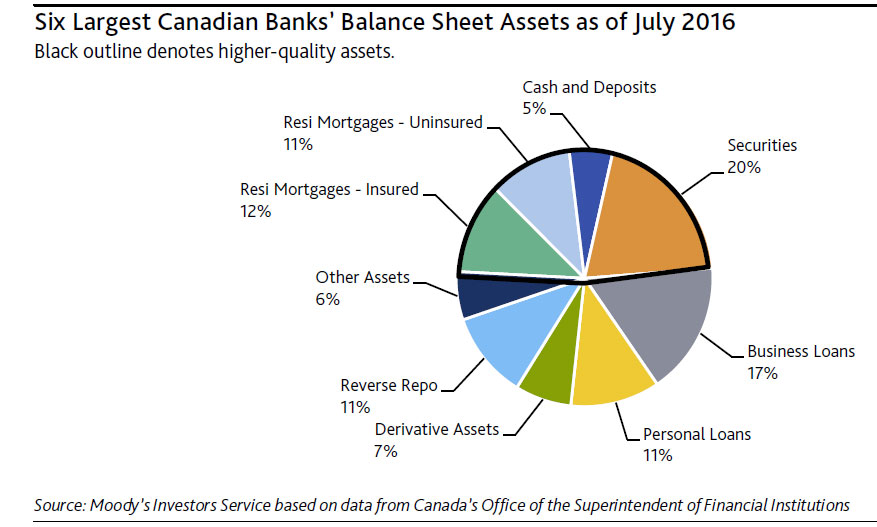The Australian Prudential Regulation Authority (APRA) has moved away from its non-prescriptive “principles based” regulatory approach to a one size fits all explicit guidance but it doesn’t appear to be encouraging lenders to be more prudent.
The housing market may be getting away from APRA and the Reserve Bank of Australia (RBA). In late 2015, both regulators voiced concerns about the “horribly low” standards of the mortgage lending sector and the risks to financial stability. Even bankers are getting jittery.
There has also been well-publicised problems with brokers originating dodgy mortgages that lenders have not picked up. In its existing guidance (which has not been changed in the latest version), APRA requires lenders to have all sorts of procedures to catch dodgy mortgage applications from brokers including procedures to verify the accuracy and completeness of provided information.
But APRA has not named and shamed the lenders who failed to catch dodgy mortgage applications, not imposed capital sanctions or reprimanded directors and management. It hasn’t required that lenders change their broker process.
What APRA is asking is that banks slug first time buyers even more. In the new rules, home buyers are now required to prove they can service a 7% mortgage interest rate on a loan to value ratio of less than 90% with less income being taken into account. This is on top of trying to save a deposit that is disappearing every day as house prices boom.
It is going to take a lot more than forgoing a few smashed avocado toasts to make up for the additional burden imposed by APRA.
There are a few important questions raised by APRA’s sudden conversion to pragmatic rather than purely principled regulation.
First, the numbers. Where did the 7% come from? APRA doesn’t disclose this, but in an era of almost zero interest rates, it’s big. And maybe in time, when the RBA announces its changes to interest rates, the 7% may be changed in-line and economists will begin to bet on whether it will go to 6.5% or 7.5%.
In looking at a borrower’s income, APRA notes that it is “prudent practice is to apply discounts of at least 20% on most types of non-salary income”. No explanation also on why this particular percent. It’s also not specific on what “most” means.
If banks are indeed lending imprudently surely the banks themselves should suffer. First by naming and shaming, then if necessary, requiring additional capital buffers, thus driving down dividends – a real market based solution.
APRA is changing the way it regulates
Throughout the turmoil of the global financial crisis and the regulatory mayhem that followed, APRA held fast to its “principles based” approach to regulation:
To be principles-based is to give emphasis to the achievement of sound prudential outcomes in setting regulatory requirements and expectations, without necessarily seeking to specify or prescribe the exact manner in which those outcomes must be achieved
In short, APRA lays out the high-level principles that it will use to supervise the banks and insurance companies that is responsible for, and then will check that those principles are being adhered to. It did not believe in a “one size fits all” approach.
But this week, there appears to have been a back-flip. In a consultation paper for an update to APRA’s guidance on mortgage lending, the regulator has been very specific indeed. It notes:
“Prudent serviceability policies should incorporate a minimum floor assessment interest rate of at least seven per cent.”
This very specific guidance replaces an earlier guidance that was more general. From a regulatory perspective, an important question is why abandon principles-based regulation? If it hasn’t worked in the past, then a rethink of the role and approach of prudential regulation is needed.
This has happened overseas, where the UK Financial Conduct Authority, while retaining 11 principles that firms should adhere to, has become much more intrusive. Unlike our regulators, the authority has even going so far as to impose massive fines for misconduct. It states:
“We also adopt a markets-focused approach to regulation, both in our work as a competition regulator and more broadly to deliver regulation that works with the market to improve consumer outcomes. Interventions at the market level are an effective and powerful way of tackling and mitigating problems across a large number of firms, which in turn benefits a large number of consumers.”
Rather than APRA slipping in such a major change like this latest one into a consultation paper, it might be appropriate to have a transparent debate about such a potentially significant change in prudential regulation in Australia.
, Honorary Fellow, Macquarie University Applied Finance Centre, Macquarie University





